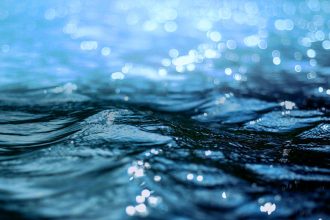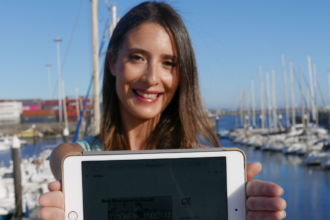B2E Technological Sonar Initiative #6
B2E presents the sixth edition of our Technological Sonar initiative, a monthly selection of national and international initiatives to retain, within the scope of new patents and technologies in the blue bioeconomy sector. Stay tuned because next week, April 26, World Intellectual Property (IP) Day, we will launch a Special IP Sonar edition.
Aquaculture
- A novel method to individually track spawning females in aquaculture tanks using the European sea bass (Dicentrarchus labrax) as a model
Results showed that this tracking system accurately identified the timing of spawning of individual fish. We confirm that European sea bass preferentially spawn at sunrise or sunset. This proof-of-concept developed for one commercially important fish species could also be used for novel species of interest for aquaculture, for example, to determine the exact timing of spawning after hormonal treatment of novel species.
In Science Direct.
Discover more here.
- Protec MP helps fingerlings to face the different challenges during cultivation
Skretting has different options for feeding the fry. The Protec MP diet was specifically developed to strengthen the fish’s immune system, improve their intestinal health and increase cellular resistance.
In Mis Peces
Discover more here.
- Improving tilapia production with functional yeasts
Gathering more than 10 years of work in the tilapia industry, Phileo by Lesaffre has launched a dedicated programme that aims to improve tilapia gut health and support disease prevention strategies.
In The Fish Site.
Discover more here.
Living Marine Resources
- TraSeafood – University of Aveiro develops traceability of the origin of endogenous marine resources
The tracing of the place of origin of endogenous marine resources caught and/or produced in part of the coast of the Iberian Peninsula, using elemental and/or biochemical signatures, was developed through the “TraSeafood” project.
In University of Aveiro.
Discover more here.
- Microalgal drugs: A promising therapeutic reserve for the future
Various algal species like Haematococcus, Diatoms, Griffithsia, Chlorella, Spirulina, Ulva, etc. have been identified and isolated to produce biologically active and pharmaceutically important high value compounds like astaxanthin, fucoxanthin, sulphur polysaccharides mainly galactose, rhamnose, xylose, fucose etc., which show antimicrobial, antifungal, anti-cancer, and antiviral activities. Additionally focus has been made on the role of these bio compounds extracted from algae especially sulphur polysaccharides to treat several diseases with prospective treatment for SARS-CoV-2.
In Science Direct.
Discover more here.
Marine Biotechnology
- A novel alginate from Sargassum seaweed promotes diabetic wound healing by regulating oxidative stress and angiogenesis
In this study, a novel Sargassum kjellmanianum-derived polysaccharide (SARP) was prepared. SARP was an alginate with Mw of 45.4 kDa, consisting of 76.56% mannuronic acid, 18.89% guluronic acid, and 4.55% glucuronic acid. These findings identified SARP had potential to be developed as a drug candidate for diabetic skin ulcers.
In Science Direct
Discover more here.
- Crustacean waste biorefinery as a sustainable cost-effective business model
All process bio-products from the shells waste were recovered, separated, and purified. Only harmless solvents, namely water, the protonating acetic acid under mild functional conditions and buffers, conjugated with solid–liquid extraction, centrifugation, and membrane ultrafiltration technologies, were applied.
In The Fish Site
Discover more here.





